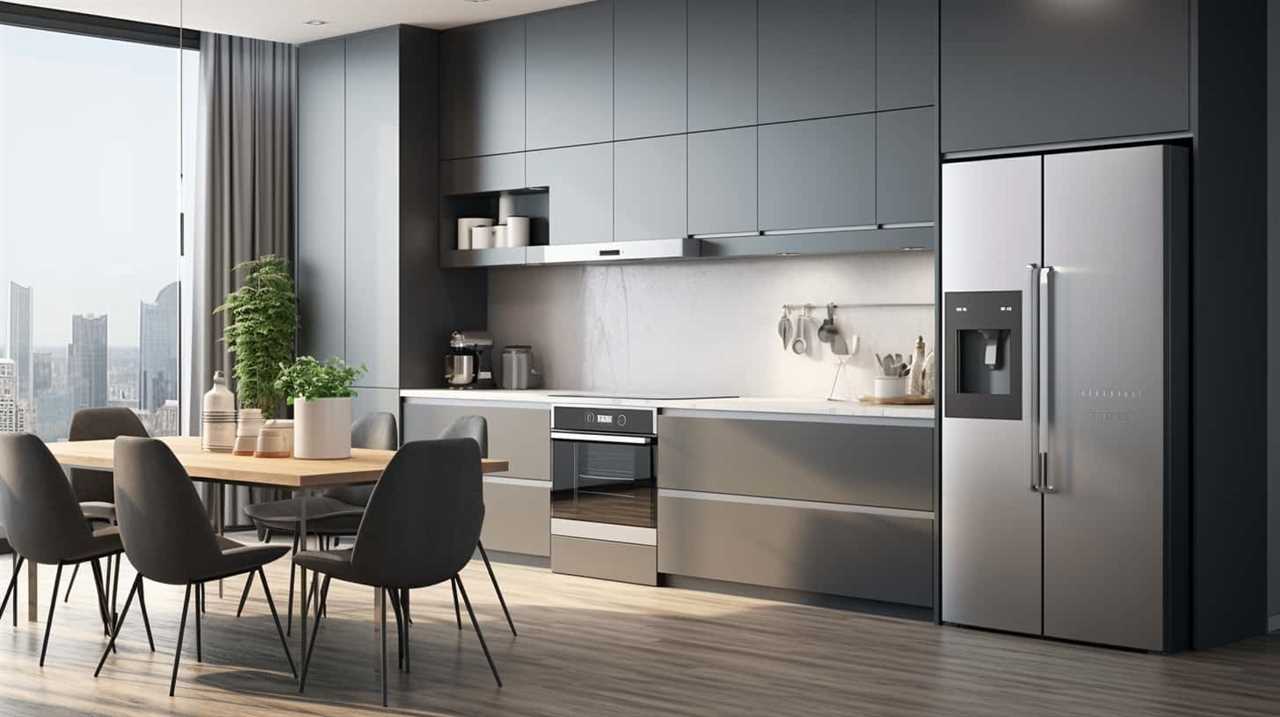Have you ever pondered why appliances appear to malfunction so frequently? It’s as if maneuvering through a minefield of defective products.
In this article, we explore the reasons behind the poor quality of appliances. From cost-cutting measures to cheap materials, outsourcing manufacturing to limited warranty coverage, we delve into the factors that contribute to this frustrating phenomenon.
So buckle up and join us on this journey to uncover the truth behind why appliances are so poorly made.
Key Takeaways
- Lack of longevity: Appliances often break down within a few years due to built-in obsolescence, limited durability, and the use of cheap materials.
- Inadequate testing and standards: Inconsistent testing methods, lack of standardized protocols, and insufficient regulations contribute to poor product quality and limited accountability.
- Competition in the market: Cost-cutting measures, time-to-market pressures, and price wars result in poorly made appliances that fail to meet consumer expectations.
- Consumer demand and expectations: Consumers prioritize affordability over durability and longevity, leading manufacturers to compromise on quality and prioritize lower prices.
Lack of Longevity
We have noticed that a significant number of appliances on the market today lack the longevity we expect, often breaking down within a few years of use. This limited durability can be attributed to a concept known as built-in obsolescence, where manufacturers intentionally design products with a limited lifespan to encourage frequent replacements.

It’s important for consumers to understand the implications of this practice and the impact it can have on their wallets and the environment. Appliances that aren’t built to last require frequent repairs or replacements, resulting in additional costs and waste.
Cost-cutting Measures
One way manufacturers contribute to the poor quality of appliances is by implementing cost-cutting measures. These measures, while beneficial for the companies in terms of reducing expenses, often have a negative impact on consumers.
Here are three key ways cost-cutting measures affect the quality of appliances:
- Outsourcing benefits: To cut costs, manufacturers often outsource the production of various components or even entire appliances to low-cost countries. While this may lead to lower manufacturing costs for the companies, it can result in decreased quality control and oversight, leading to appliances that are prone to defects and malfunctions.
- Reduced quality materials: Cost-cutting measures may also result in manufacturers using lower quality materials to save money during the production process. This can lead to appliances that are less durable and more prone to wear and tear, ultimately shortening their lifespan and requiring frequent repairs or replacements.
- Simplified designs: In an effort to reduce production costs, manufacturers may opt for simplified designs that require fewer parts and are easier to assemble. While this may seem like a cost-effective approach, it often results in appliances that lack the necessary features and functionality, leaving consumers dissatisfied with their purchase.
Cheap Materials
When it comes to the poor quality of appliances, a major contributing factor is the use of cheap materials. Manufacturers often opt for inexpensive materials to keep production costs down and maximize profit margins. This can lead to appliances that are prone to breaking or malfunctioning, leaving consumers frustrated and dissatisfied. In the pursuit of cost-cutting measures, manufacturers may choose to use subpar components that aren’t built to last.

Additionally, the use of cheap labor in manufacturing can further compromise the quality of appliances. With a focus on production efficiency rather than product durability, manufacturers prioritize speed and quantity over craftsmanship and longevity. As a result, appliances made with cheap materials often fail to meet the expectations of consumers in terms of durability and performance.
Transitioning into the subsequent section about ‘outsourcing manufacturing’, the reliance on cheap materials and production efficiency has led to the outsourcing of appliance manufacturing to countries with lower labor costs.
Outsourcing Manufacturing
To cut costs and maximize profits, manufacturers often opt to outsource the manufacturing of appliances to countries with lower labor costs. While this decision may seem financially prudent, it comes with its fair share of challenges and supply chain issues.
Here are three reasons why outsourcing manufacturing can lead to poor quality appliances:

- Lack of oversight: When production is shifted to another country, it becomes difficult for manufacturers to closely monitor the manufacturing process. This can result in a lack of quality control and an increased likelihood of defects or subpar workmanship.
- Communication barriers: Language and cultural barriers can pose significant challenges when coordinating with overseas manufacturers. Miscommunication can lead to misunderstandings, mistakes, and ultimately, lower quality products.
- Longer supply chain: Outsourcing manufacturing means that the supply chain becomes longer and more complex. This can result in delays, transportation issues, and difficulties in maintaining the necessary quality standards throughout the production process.
As we delve into the subsequent section about the absence of quality control, it becomes apparent that outsourcing manufacturing is just one piece of the puzzle contributing to the poor quality of appliances.
Absence of Quality Control
We oversee the manufacturing process closely to ensure quality control measures are implemented effectively. However, despite our efforts, the absence of proper quality control remains a significant issue in the appliance industry. This lack of oversight often leads to poorly made products and dissatisfied customers. To understand the gravity of the situation, let’s take a look at a comparison table showcasing the current state of quality control improvement and the necessary manufacturing regulations:
| Quality Control Improvement | Manufacturing Regulations |
|---|---|
| Inconsistent testing methods | Inadequate product standards |
| Lack of accountability | Minimal enforcement |
| Insufficient training | Absence of regulatory bodies |
| Ineffective communication | Limited penalties for non-compliance |
| Inadequate inspection | Inconsistent monitoring |
It is evident that significant improvements are needed in quality control practices and manufacturing regulations. Without these improvements, the cycle of poorly made appliances will continue, placing profit margins ahead of customer satisfaction.
Now, let’s explore the next subtopic: the focus on profit margins.

Focus on Profit Margins
When it comes to the poor quality of appliances, one of the main reasons is the focus on profit margins. Manufacturers often prioritize cost-cutting measures in order to increase their profits, which can result in compromises in quality.
This is driven by consumer demand for cheaper products, as they’re more likely to purchase appliances that are affordable. As a result, manufacturers prioritize profit margins over producing durable and reliable appliances.
Cost-Cutting Compromises Quality
Appliance manufacturers prioritize profit margins over quality by implementing cost-cutting measures. This focus on short-term financial gains often leads to long-term effects and compromises product safety.
Here are three examples of cost-cutting measures that can have detrimental consequences:

- Cheap materials: To save costs, manufacturers may opt for subpar materials, such as low-grade plastic or thin metal. These materials are more prone to wear and tear, resulting in appliances that break down easily and require frequent repairs.
- Simplified designs: Complex components and intricate engineering can increase production costs. In an effort to cut expenses, manufacturers may simplify the design of appliances, sacrificing functionality and durability. This can lead to appliances that are less efficient and more prone to malfunctions.
- Outsourcing production: To reduce labor costs, manufacturers may outsource their production to countries with lower wages. While this may lower manufacturing expenses, it can also compromise quality control and product safety standards.
It is essential for consumers to be aware of these cost-cutting measures and their potential impact on the quality and safety of appliances.
Consumer Demand Drives Profits
As consumers increasingly prioritize affordability, appliance manufacturers are driven to focus on profit margins by meeting the demand for lower-priced products. In today’s market, consumer preferences and market trends have led to a shift in the way appliances are made and priced. Manufacturers understand that consumers are looking for cost-effective options without compromising on quality. This has prompted them to streamline their production processes, cut costs, and offer appliances at lower price points. To illustrate this point, let us consider the following table:
| Consumer Preferences | Market Trends | Impact on Profit Margins |
|---|---|---|
| Affordability | Cost-cutting | Lower profit margins |
| Quality | Innovation | Higher profit margins |
| Energy efficiency | Sustainability | Higher profit margins |
Rapid Technological Advancements
Rapid innovation and technological advancements have undoubtedly revolutionized the appliance industry. However, these advancements have also inadvertently led to a decrease in the overall quality of appliances. Here are three reasons why:
- Planned obsolescence: Manufacturers are constantly introducing new features and models to keep up with market demands. This leads to a shorter lifespan for appliances, as newer versions are released at an alarming rate.
- Cost-cutting measures: To keep up with the competition, manufacturers may compromise on the quality of materials used in the production process. This results in appliances that are more prone to breakdowns and require frequent repairs.
- Complexity and lack of repairability: As appliances become more technologically advanced, they also become more complex. This complexity often makes it difficult for consumers to repair appliances themselves, leading to increased dependence on costly professional repairs.
While rapid technological advancements have undoubtedly brought convenience to our lives, they’ve also come at the cost of compromising the quality and durability of appliances.
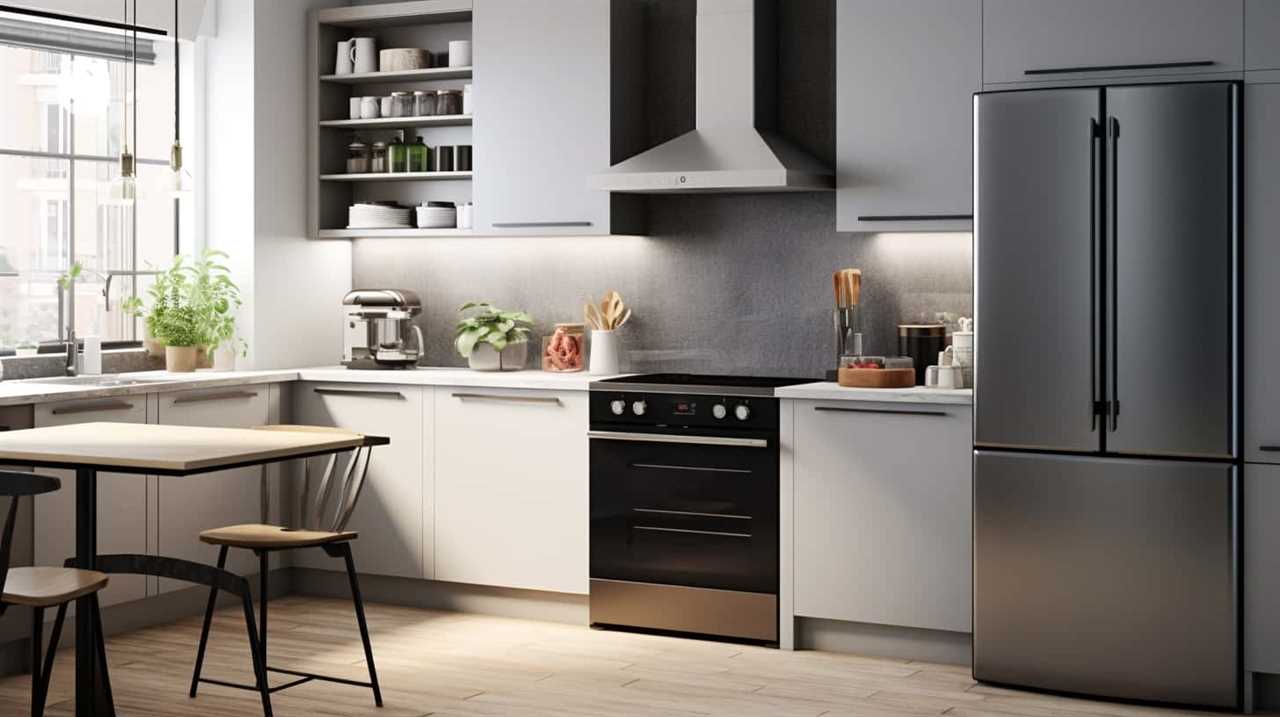
Planned Obsolescence
Planned obsolescence is a manufacturer profit-driven strategy that results in appliances being poorly made with short product lifespans. This practice ensures that consumers will need to replace their appliances more frequently, generating more sales and revenue for the manufacturers.
Manufacturer Profit-Driven Strategy
Throughout the years, we’ve seen appliances being deliberately designed with shorter lifespans in order to maximize manufacturer profits. This profit-driven strategy, known as planned obsolescence, has become a common practice in the appliance industry.
While it may benefit manufacturers financially, it often leaves consumers dissatisfied and questioning the reliability of the products they purchase. Here are three reasons why this strategy evokes emotions in the audience:
- Frustration: Consumers invest their hard-earned money in appliances expecting them to last for a reasonable period of time. Planned obsolescence undermines this expectation, leading to frustration and disappointment.
- Financial burden: When appliances fail prematurely, consumers are forced to spend more money on repairs or replacements. This can cause financial strain and a sense of unfairness towards manufacturers who prioritize profit over quality.
- Environmental impact: Short-lived appliances contribute to waste generation and resource depletion. With planned obsolescence, consumers are left with no choice but to discard and replace their appliances more frequently, further exacerbating the environmental impact.
It is crucial for manufacturers to prioritize consumer satisfaction and product reliability to build trust and loyalty among consumers.
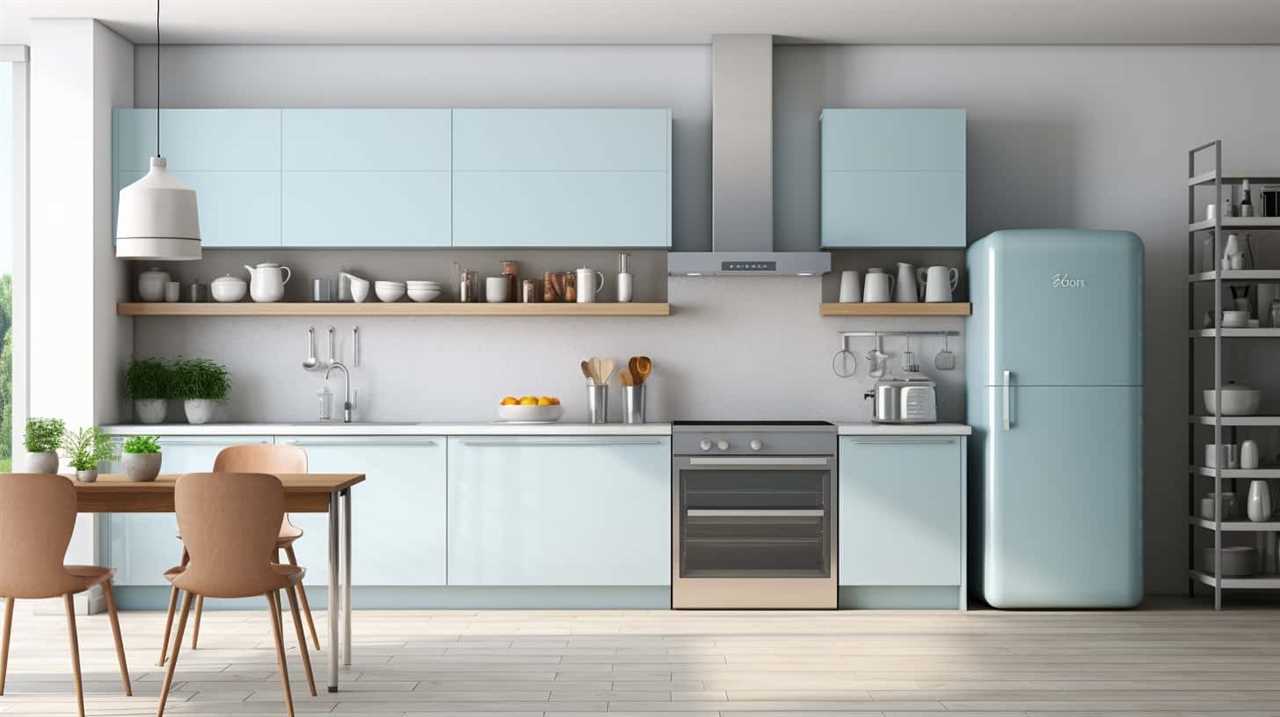
Short Product Lifespan
As consumers, we often find ourselves frustrated with the short lifespan of appliances, a result of manufacturers intentionally designing them to become obsolete and require replacement. This strategy, known as planned obsolescence, aims to maximize profits by encouraging frequent purchases. However, it comes at the expense of product reliability and sustainability.
Manufacturers strategically engineer appliances to have a limited lifespan by using subpar materials, implementing weak construction methods, and designing products that are difficult to repair. These tactics ensure that appliances fail within a relatively short period, forcing consumers to buy new ones.
Unfortunately, planned obsolescence undermines product reliability and sustainability. By prioritizing short-term profits over long-term durability, manufacturers contribute to the growing issue of e-waste. Additionally, this strategy creates a cycle of constant consumption, which isn’t only financially burdensome for consumers but also harmful to the environment.
To mitigate these issues, it’s crucial for manufacturers to prioritize product reliability and adhere to higher manufacturing standards. This includes using quality materials, implementing robust construction techniques, and designing products that are easily repairable. By doing so, manufacturers can extend the lifespan of appliances, reduce e-waste, and provide consumers with more sustainable and reliable products.
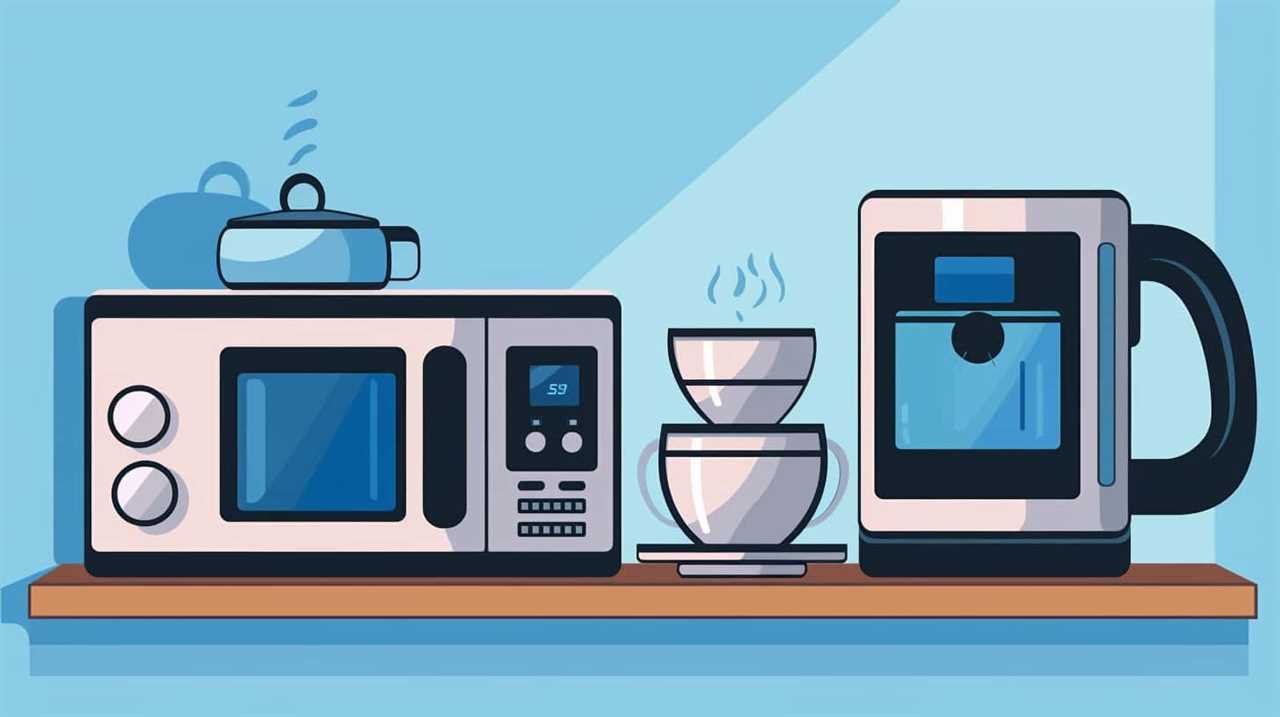
Competition in the Market
In the competitive market, we often encounter poorly made appliances. This can be attributed to several factors driven by competition and market trends:
- Cost-cutting measures: In order to remain competitive, appliance manufacturers may resort to using cheaper materials and reducing production costs. This can result in appliances that are more prone to breakdowns and have a shorter lifespan.
- Time-to-market pressures: With consumers demanding the latest and greatest products, manufacturers are under pressure to bring appliances to market quickly. This can lead to rushed production processes and a lack of thorough testing, resulting in lower quality products.
- Price wars: In a fiercely competitive market, manufacturers may engage in price wars to attract customers. This can lead to a focus on cost reduction rather than quality improvement.
As a result of these market dynamics, consumers often find themselves faced with poorly made appliances that fail to meet their expectations. However, this has also fueled the demand for lower prices, which we’ll explore in the next section.
Consumer Demand for Lower Prices
When it comes to appliances, one of the main factors driving their poor quality is the consumer demand for lower prices. As consumers, we often prioritize affordability over durability and longevity.
Manufacturers respond to this demand by cutting corners and using cheaper materials to keep production costs down, resulting in appliances that may not last as long or perform as well as we’d like.
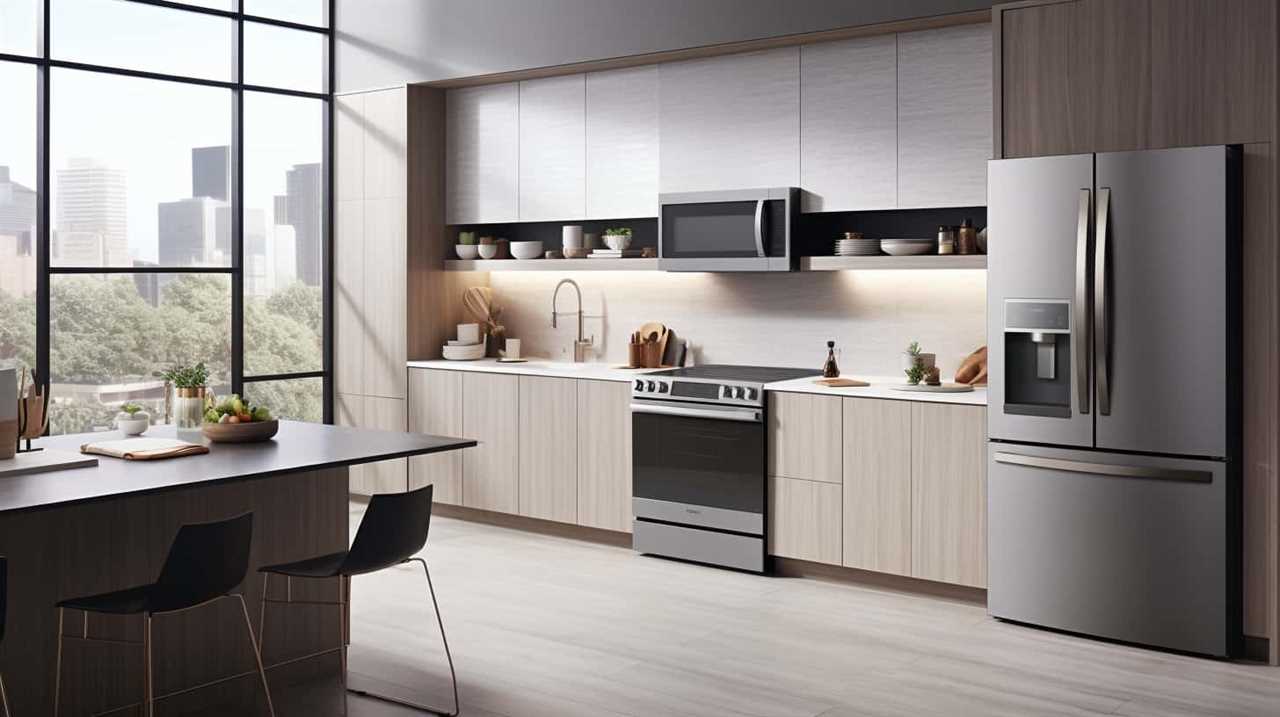
Additionally, our expectations as consumers have shifted towards faster innovation and frequent upgrades, further contributing to the decline in overall quality.
Price Vs. Quality Trade-Off
Why do consumers prioritize lower prices over quality when it comes to appliances? There are several reasons why this trade-off occurs:
- Economic constraints: Many consumers have limited budgets and prioritize affordability over durability. They may not be able to afford higher-priced appliances that offer better quality and longevity.
- Perception of diminishing returns: Some consumers believe that the increase in quality doesn’t justify the higher price. They may feel that the marginal benefit of paying more for a durable appliance isn’t significant enough to warrant the additional cost.
- Instant gratification: In our fast-paced society, consumers often prioritize instant gratification over long-term considerations. They may prioritize the immediate affordability of a cheaper appliance, rather than considering its long-term durability and potential cost savings.
However, it’s important to note that not all consumers prioritize lower prices over quality. Some individuals value durability and consumer satisfaction with quality, and are willing to pay a higher price for appliances that offer better longevity and performance.
This preference for lower prices over quality has a significant impact on the appliance industry and the production of poorly made appliances.

Impact of Consumer Expectations
Consumers’ demand for lower prices significantly impacts the quality of appliances. Consumer preferences play a crucial role in shaping the market for appliances. Today’s consumers prioritize affordability over durability and long-term performance. To meet these demands, manufacturers often compromise on the quality of materials and production processes.
Marketing strategies also contribute to this trend, as companies focus on promoting low prices to attract more customers. However, this emphasis on affordability comes at the expense of appliance quality. Manufacturers are incentivized to cut corners and use cheaper components to keep prices low, resulting in appliances that break down more easily and have shorter lifespans.
As a result, consumers may find themselves replacing appliances more frequently, leading to increased waste and environmental impact.
Environmental Impact
Appliances have a significant environmental impact due to their manufacturing processes and the resources they consume throughout their lifecycle. This impact can be seen in several ways:
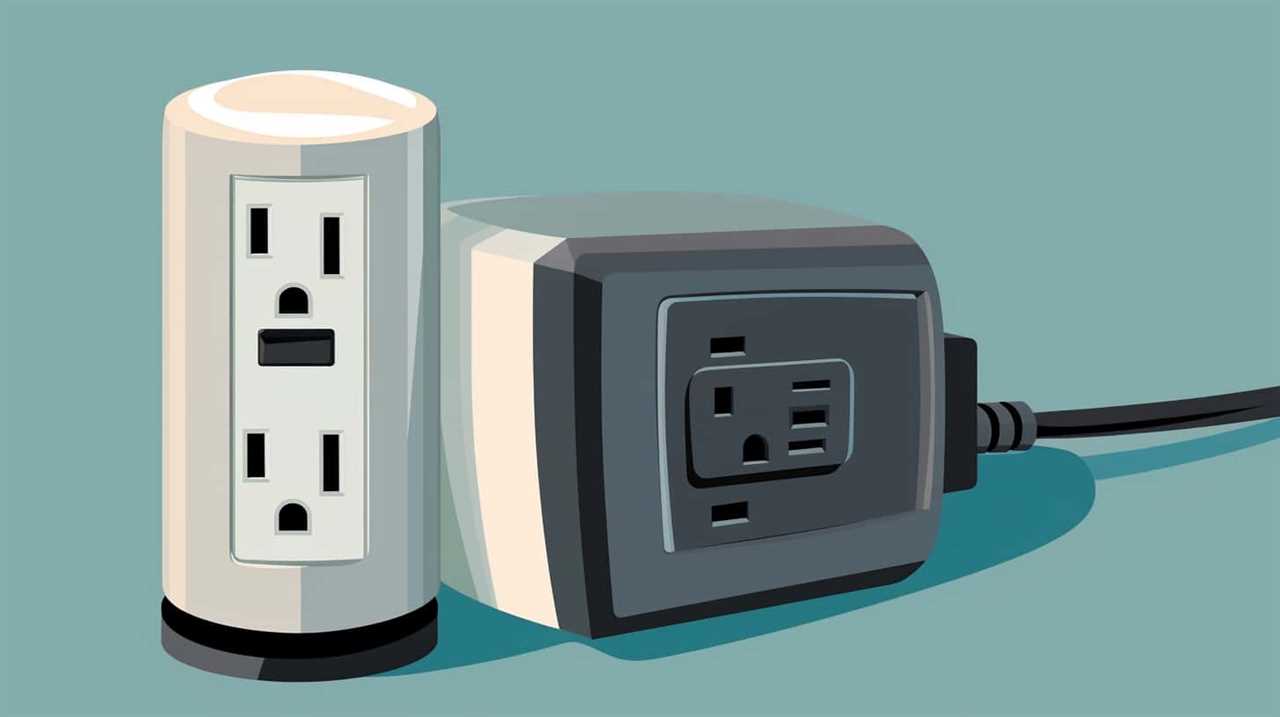
- Product disposal: When appliances reach the end of their life, they often end up in landfills, contributing to waste and pollution. Proper disposal methods, such as recycling or repurposing, can help mitigate this impact.
- Energy efficiency: Many appliances consume large amounts of energy during their use, contributing to greenhouse gas emissions and climate change. Energy-efficient appliances not only reduce the environmental impact but also save consumers money on their utility bills.
- Resource consumption: Appliances require a significant amount of materials, including metals, plastics, and electronic components, which contribute to resource depletion and environmental degradation. Choosing appliances made from recycled or sustainable materials can help reduce this impact.
Understanding the environmental impact of appliances is crucial for consumers to make informed choices and for manufacturers to prioritize sustainability in their products.
Limited Warranty Coverage
One aspect that needs to be addressed is the inadequate coverage provided by limited warranties. When purchasing appliances, it is common to receive a limited warranty that promises to cover any defects or malfunctions for a certain period of time. However, these warranties often fall short in terms of providing comprehensive coverage and ensuring the longevity of the appliances.
Limited warranty coverage is often limited in both scope and duration. It typically only covers specific parts or components of the appliance, leaving the consumer responsible for any other repairs or replacements that may be needed. Furthermore, the duration of these warranties is often relatively short, ranging from one to three years, which is not sufficient considering the average lifespan of appliances.
To illustrate this point, let’s take a look at the following table:
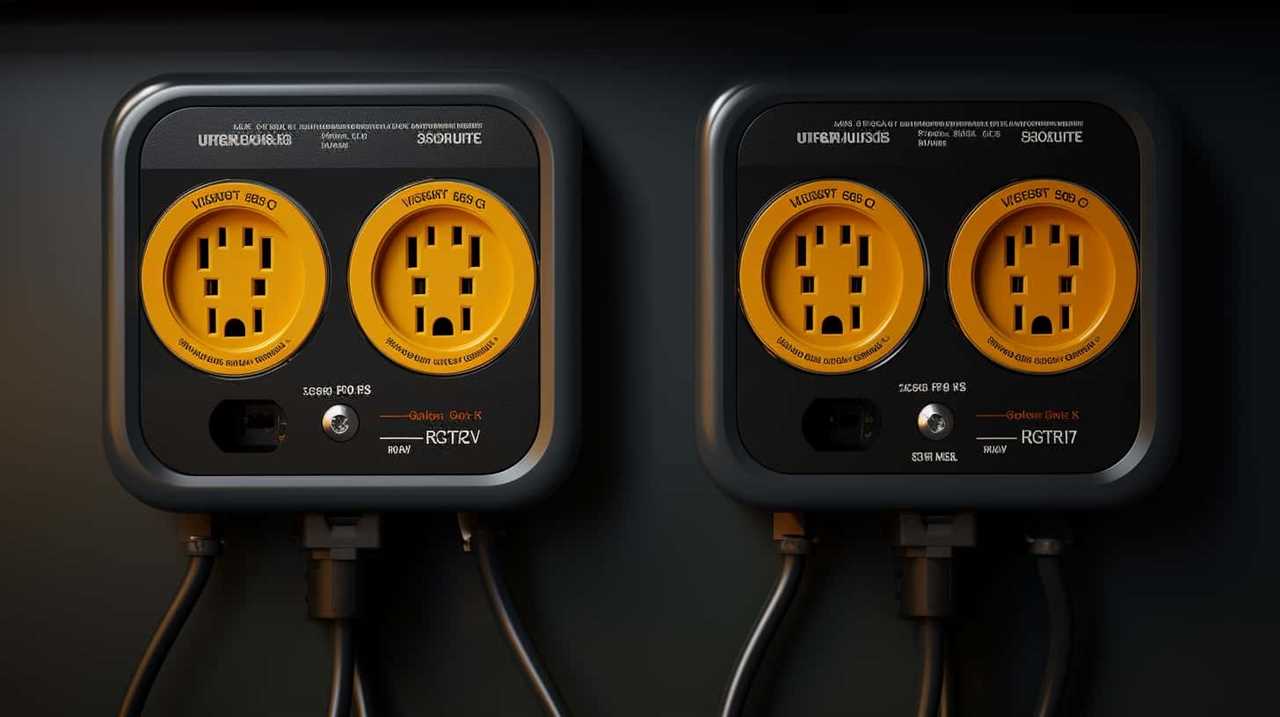
| Appliance | Limited Warranty Coverage |
|---|---|
| Refrigerator | 1 year for parts |
| Washing Machine | 2 years for motor |
| Dishwasher | 3 years for control panel |
As we can see from the table, the coverage provided by limited warranties is often limited to specific parts and has a short duration. This lack of comprehensive coverage and longevity assurance leaves consumers vulnerable to costly repairs and replacements once the warranty expires. Therefore, it is crucial for manufacturers to improve the coverage provided by limited warranties to ensure customer satisfaction and appliance longevity.
Frequently Asked Questions
How Do Rapid Technological Advancements Contribute to Appliances Being Poorly Made?
Rapid technological advancements contribute to appliances being poorly made by fueling the impact of planned obsolescence. Manufacturers prioritize profit over durability, driven by consumer demand for new features and constant upgrades.
What Impact Does Outsourcing Manufacturing Have on the Quality of Appliances?
Outsourcing manufacturing can have a significant impact on the quality of appliances. When production is moved to low-cost countries, there is often a compromise on materials, craftsmanship, and quality control processes, resulting in poorly made appliances.
How Does the Absence of Quality Control Affect the Overall Quality of Appliances?
Lack of regulation allows manufacturing defects to go unnoticed, resulting in appliances of poor quality. This absence of quality control undermines the overall reliability and durability of appliances, leaving consumers frustrated and dissatisfied.
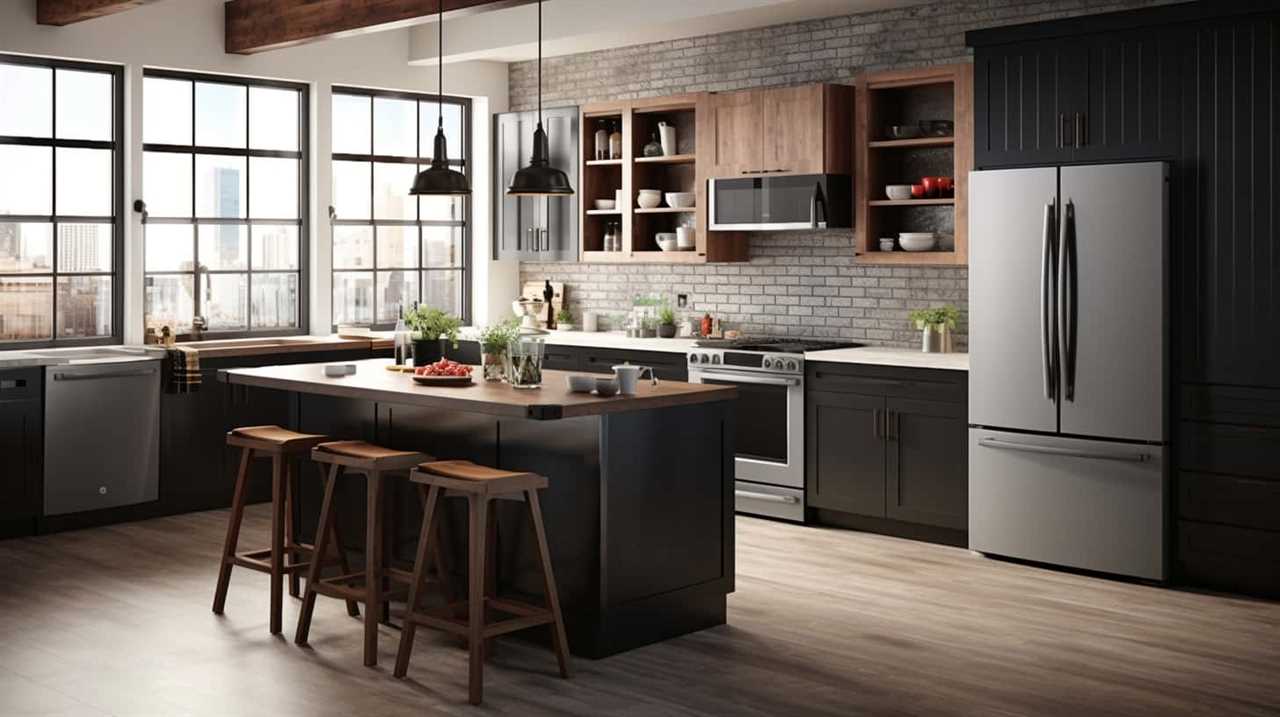
Why Is There a Focus on Profit Margins in the Production of Appliances?
Profit margins dictate the production of appliances due to consumer demand. We prioritize maximizing profits over quality, resulting in poorly made appliances. This focus on profit margins undermines the overall quality and reliability of appliances in the market.
How Does Competition in the Market Affect the Quality of Appliances?
Competition in the market drives innovation, pushing appliance manufacturers to constantly improve their products. However, it can also lead to cost-cutting measures that compromise quality. Balancing competition and quality is crucial for ensuring well-made appliances.
Conclusion
In the grand symphony of consumerism, the poor quality of appliances stands out as a discordant note, disrupting the harmony of modern living. Like a broken record, we find ourselves stuck in a cycle of replacing appliances that fail to withstand the test of time.
From cost-cutting measures to cheap materials, the orchestra of manufacturing has lost its finesse. It’s time to demand a new melody, one that prioritizes durability, craftsmanship, and sustainability.
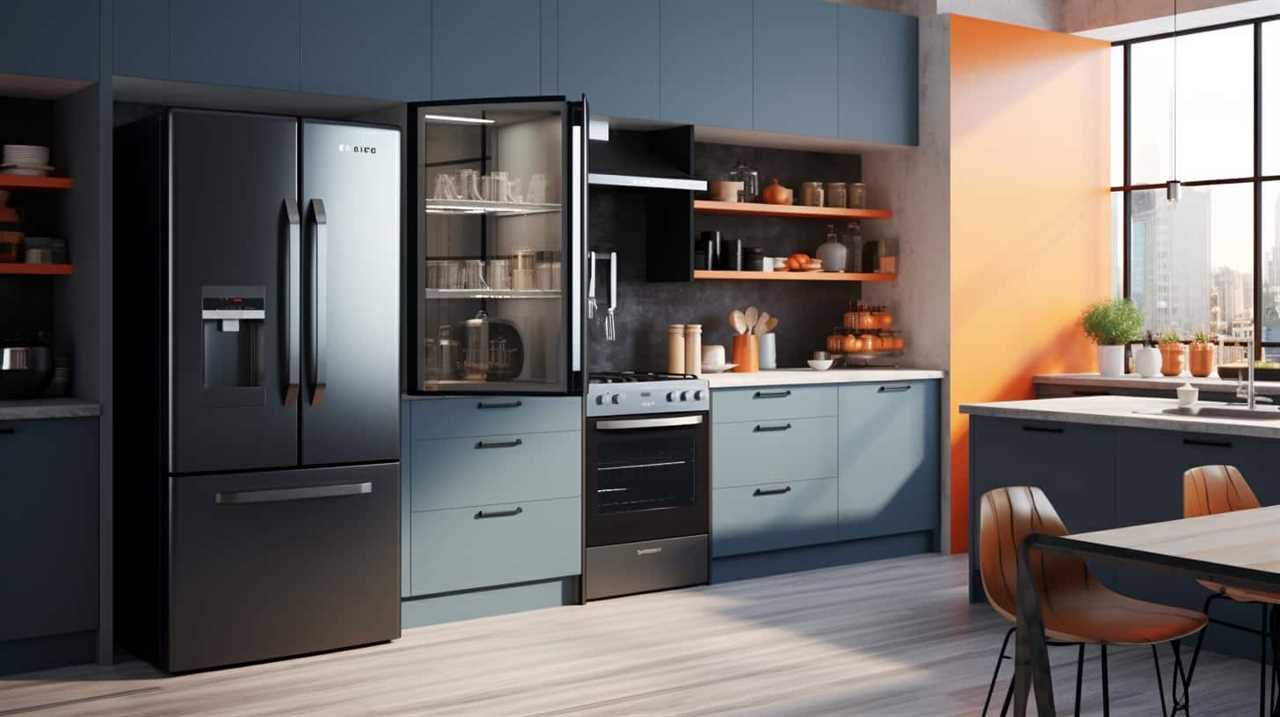
Only then can we restore harmony to our homes and the environment.



